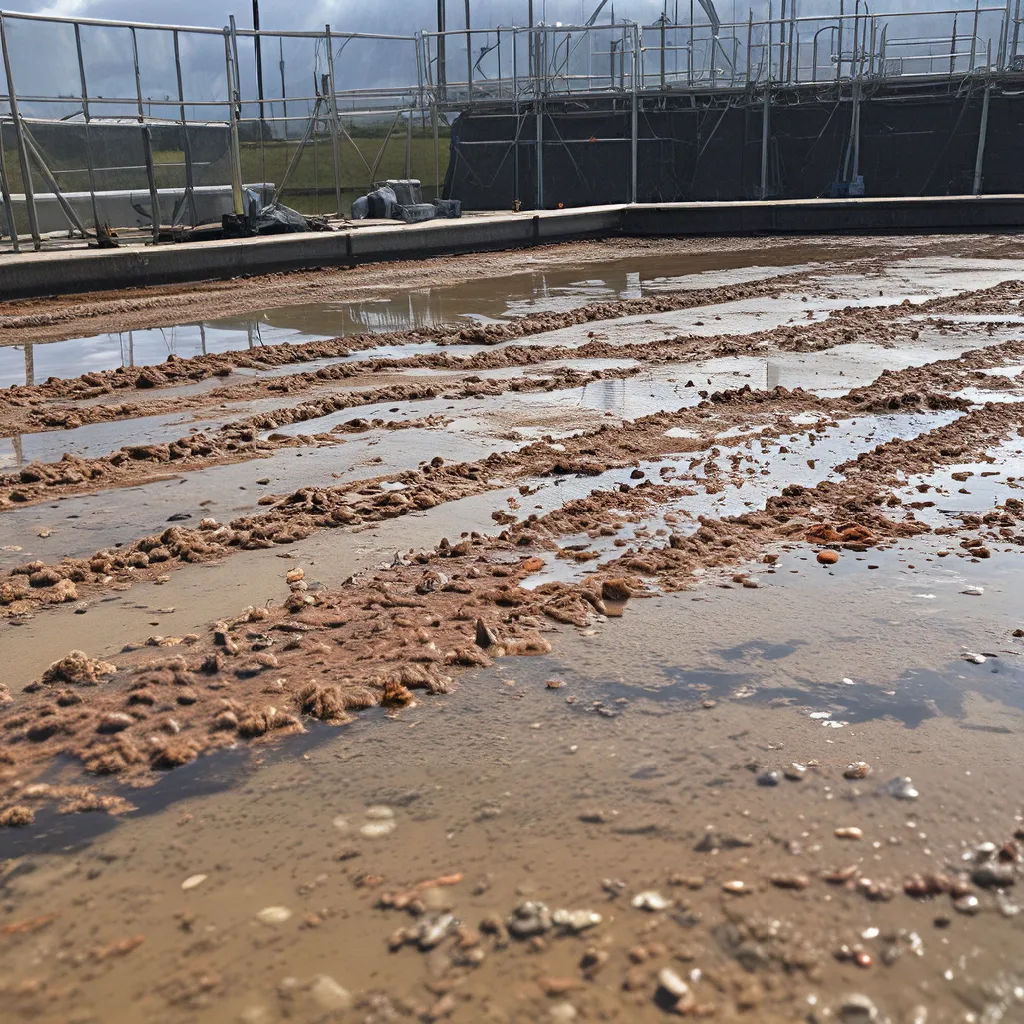
As an environmental enthusiast, I’ve always been fascinated by the incredible power of microorganisms and their role in our world. It’s amazing to think that these tiny, often invisible, creatures hold the key to unlocking more sustainable and efficient ways of managing our wastewater.
Let me take you on a journey through the captivating world of microbial diversity and how it can be harnessed for enhanced wastewater bioprocessing. This is a topic that has recently gained significant attention, with researchers and industry leaders exploring innovative approaches to tackle our water challenges.
The Microbial Marvels in Our Wastewater
When we think about wastewater, it’s easy to focus on the unpleasant aspects – the smells, the contaminants, the environmental impact. But what if I told you that hidden within that murky liquid lies a veritable treasure trove of microbial diversity? That’s right, our wastewater is teeming with a vast array of bacteria, archaea, and fungi – each with their own unique capabilities and potential applications.
These microbes are the unsung heroes of wastewater treatment, performing a wide range of essential functions. From breaking down organic matter to removing nutrients, they play a crucial role in ensuring that our water is clean and safe for release back into the environment. But their potential goes far beyond just treatment – they could hold the key to unlocking new biotechnological solutions for a more sustainable future.
Exploring the Untapped Potential of Wastewater Microbiomes
As we delve deeper into the world of wastewater microbiomes, we’re discovering just how diverse and complex these microbial communities can be. Each treatment plant, each collection system, even each individual sample of wastewater, can harbor a unique assemblage of microorganisms. And the more we understand about this diversity, the more we realize the incredible potential it holds.
Imagine a future where we can harness the power of these microbes to not only treat our wastewater but also produce valuable bioproducts, such as biofuels, bioplastics, and even biopharmaceuticals. It’s a tantalizing prospect that is already being explored by researchers and innovators around the world.
Cutting-Edge Approaches to Microbial Bioprocessing
One of the most exciting developments in this field is the use of advanced omics technologies, such as metagenomics and metabolomics, to study the microbial communities in wastewater. These powerful tools allow us to identify and characterize the diverse array of microbes present, as well as understand their metabolic capabilities and interactions.
By gaining a deeper understanding of these microbial communities, we can start to engineer and optimize them for specific applications. Imagine a future where we can design tailor-made microbial consortia to efficiently break down complex pollutants, or to produce valuable bioproducts from the nutrients and organic matter in our wastewater.
Harnessing Microbial Diversity for Sustainable Solutions
As the global community sets ambitious goals to address pressing environmental challenges, the role of biotechnology and biomanufacturing has never been more critical. And at the heart of these efforts are the incredible microorganisms that inhabit our wastewater.
By unlocking the secrets of microbial diversity, we can pave the way for a more sustainable future. Imagine wastewater treatment plants that not only clean our water but also generate renewable energy, or produce novel materials that can replace fossil-fuel-based products. It’s a future that is well within our grasp, and one that I’m excited to be a part of.
Of course, this journey is not without its challenges. There are still many unknowns and uncertainties when it comes to the complex interplay of microbes in wastewater systems. But that’s what makes it so captivating – the opportunity to push the boundaries of what’s possible and discover innovative solutions that can truly transform our world.
Embracing the Power of Microbial Collaboration
As I delve deeper into this topic, I’m struck by the notion that collaboration is key – not just between the microbes themselves, but between researchers, engineers, and industry partners. It’s only by bringing together diverse perspectives and expertise that we can unlock the full potential of wastewater microbiomes.
I’ve had the privilege of witnessing firsthand the incredible work being done in this field. From the cutting-edge research at our local university to the innovative pilot projects being implemented by companies like Alpha Wastewater, the future of wastewater bioprocessing is both exciting and promising.
Conclusion: A Microbial-Powered Future
As I reflect on the journey we’ve embarked on, I can’t help but feel a sense of wonder and optimism. The incredible microbial diversity within our wastewater is a resource that we’ve only just begun to tap into, and the potential it holds for transforming our approach to water management is truly astounding.
Whether it’s producing biofuels, creating sustainable materials, or remediating contaminated waters, the versatility and adaptability of these microorganisms knows no bounds. And as we continue to push the boundaries of what’s possible, I have no doubt that we’ll uncover even more awe-inspiring applications for this hidden treasure trove of microbial life.
So, let’s embrace the power of microbial collaboration and embark on this exciting journey together. Who knows what amazing breakthroughs and innovations we may discover along the way? The future is bright, and it’s powered by the incredible diversity of the microbial world.